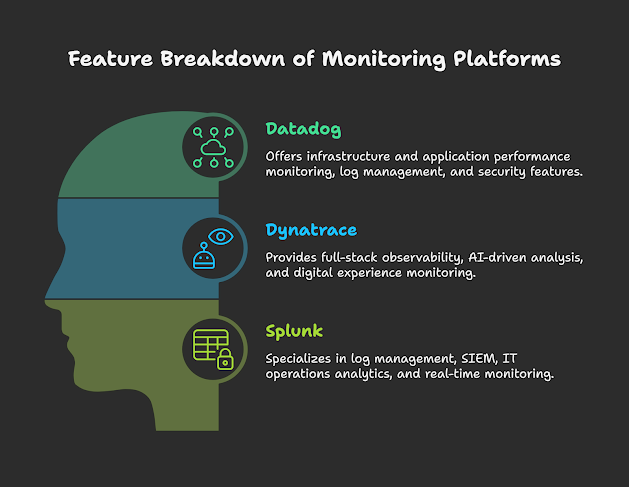Air fryers have cemented their place as a kitchen essential, offering a healthier and more efficient way to cook. This review provides an in-depth look at air fryers, focusing on their features, the top 10 brands for 2025 (with prices and ratings), pros and cons, and a final verdict to assist you in selecting the ideal model.
What is an Air Fryer and How is it Used in Day-to-Day Life?
An air fryer is a compact countertop appliance that uses rapid hot air circulation to cook food, creating a crispy exterior with minimal oil. This method offers a healthier alternative to deep frying, while also being faster and more versatile than traditional ovens. In everyday use, air fryers are employed for:
- Frying: Making crispy french fries, chicken wings, onion rings, and battered vegetables.
- Roasting: Roasting vegetables, meats, and even whole chickens.
- Baking: Baking cakes, cookies, muffins, and small pastries.
- Grilling: Grilling steaks, burgers, and fish.
- Reheating: Revitalizing leftovers, restoring crispness without sogginess.
- Dehydrating: Creating healthy snacks from fruits and vegetables.
Key Features of Air Fryers:
- Capacity: Measured in quarts or liters, determining the amount of food that can be cooked at once.
- Temperature Range: Offering versatility for various cooking needs.
- Timer: Ensuring precise cooking times.
- Pre-set Cooking Programs: Simplifying cooking with optimized settings for different foods.
- Digital or Analog Controls: Digital controls offer precision, while analog controls provide simplicity.
- Removable Basket/Drawers: Facilitating easy cleaning.
- Non-Stick Coating: Preventing food from sticking and aiding cleanup.
- Additional Functions: Rotisserie, dehydrator, multiple cooking racks, dual zones, smart features.
- Viewing Windows: Allows visual monitoring of cooking progress.
- Smart Connectivity: Wifi, app integration, voice control.
Top 10 2025 Air Fryer Brands with Features, Prices, and Ratings:
Here are ten leading brands and their notable features, prices, and anticipated 2025 production ratings (out of 5 stars):
1.Ninja Foodi FlexDrawer Air Fryer (AF500UK):
- FlexDrawer design, Smart Finish, digital touch controls, large capacity.
- Price: £200-£250
- Rating: 4.8/5
 2. Philips Airfryer Smart Sensing XXL (HD9870/26):
2. Philips Airfryer Smart Sensing XXL (HD9870/26):
- Smart Sensing technology, Fat Removal technology, NutriU app integration, XXL capacity.
- Price: £280-£350
- Rating: 4.7/5
- Dual heating elements, Wi-Fi connectivity, app control, preheat and keep warm functions, ClearCook window.
- Price: £150-£200
- Rating: 4.6/5
- Multi-functional, Ultimate Lid design, EasySeal technology, large capacity.
- Price: £180-£230
- Rating: 4.5/5
- Element iQ system, Super convection, 13 cooking functions, oven-style door.
- Price: £300-£400
- Rating: 4.7/5
6.Tefal Easy Fry & Grill 2-in-1 (EY801D27):
7. Proscenic T31 Smart Air Fryer Oven:
- 15L Large capacity oven style with rapid air circulation
- Wifi connectivity
- LED touchscreen and Mobile app/Alexa control
- Multiple racks
- 12 preset functions.
- Price: £170-£220
- Rating: 4.5/5
- Rotisserie
- Dehydrator
- Multiple racks
- Digital controls
- Large capacity
- Price: £120-£170
- Rating: 4.3/5
- Variety of accessories
- Digital touch screen,
- Rotisserie, dehydrator, large capacity.
- Price: £190-£240
- Rating: 4.3/5
Pros and Cons:
Pros:
- Healthier cooking with reduced oil.
- Faster cooking times.
- Versatile cooking options.
- Easy cleanup.
- Space-saving.
- Increasingly sophisticated features.
Cons:
- Can be noisy.
- Limited capacity for large gatherings (depending on model).
- Some models are bulky.
- Initial cost can be high.
- Smart features increase cost.
Final Verdict: Which is Best for Your Needs?
- For Large Families and Versatility: The Ninja Foodi FlexDrawer, Instant Pot Duo Crisp, and GoWISE USA 17-Quart offer ample space and multifunctionality.
- For Health-Conscious Users: The Philips Airfryer Smart Sensing XXL with its fat removal and smart technology is ideal.
- For Smart Home Integration: The Cosori Dual Blaze and Proscenic T31 provide seamless app and Wi-Fi control.
- For Multi-Functional Cooking: The Breville Smart Oven Air Fryer Pro delivers oven-like performance with air frying capabilities.
- For Budget-Conscious Shoppers: The Cosori Dual Blaze, Tefal Easy Fry & Grill, and Chefman TurboFry offer excellent value.
- For Dual Basket needs: The Chefman Turbofry.
When selecting an air fryer, consider your household size, cooking habits, budget, and desired features. By carefully weighing these factors, you can choose an air fryer that will enhance your culinary experience for years to come.
.jpeg)













.png)

.png)
.png)
.png)
.png)
.png)